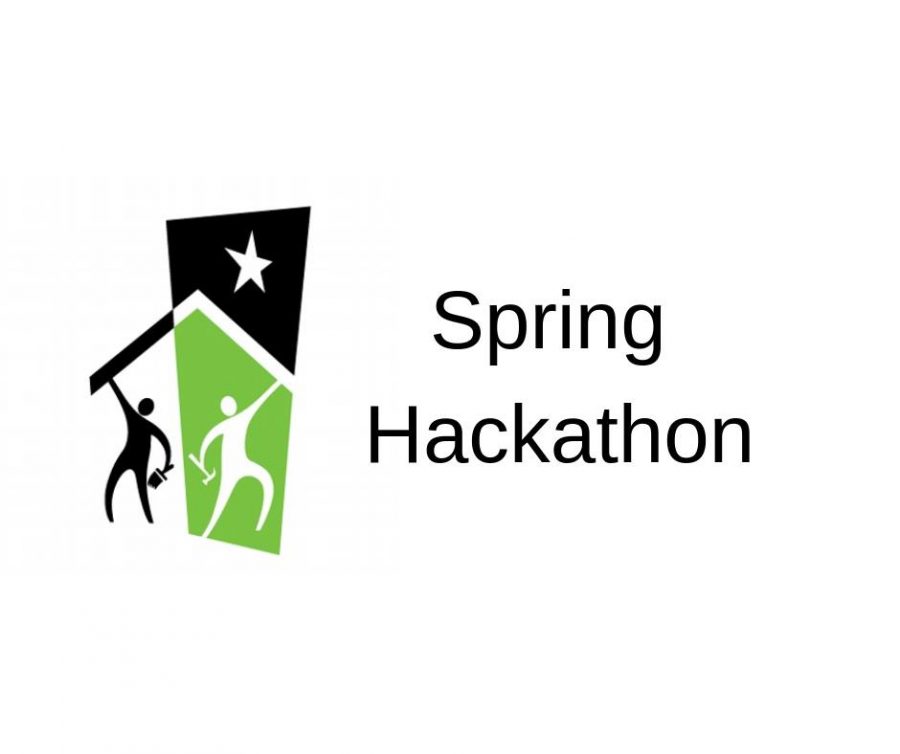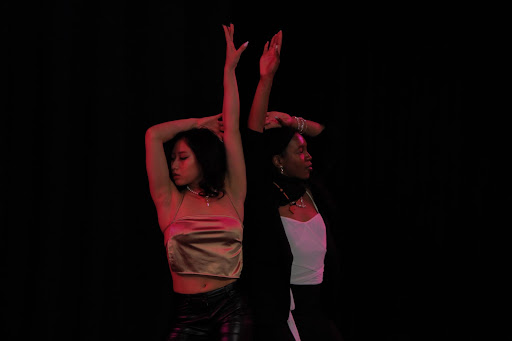On Feb. 21, the Loyola Center for Innovation & Entrepreneurship (CI&E) hosted its Spring Hackathon following the success of the hackathon in the fall. A hackathon is a problem-solving workshop focused on finding unique solutions to large social problems surrounding inequity and discrimination. The event was held in partnership with Rebuilding Together Baltimore, the Baltimore chapter of a national nonprofit organization.
Rebuilding Together is a nonprofit organization dedicated to providing low-income families in Baltimore with necessary home repairs without burdening these families with the cost. In partnership with the CI&E, the hackathon was held to brainstorm new solutions for the inequities that Baltimore City faces every day. Bonnie Bessor, executive director of Rebuilding Together Baltimore, explained the group’s mission, saying, “We are a safe and healthy housing and community organization. We focus on providing home repairs for homeowners with low incomes, most of whom are older adults,” she said. “In those communities, we’re working with homeowners and community leaders doing home repairs so people can stay in their homes and stay safe in their homes.”
The question faced by those in the CI&E, as stated by CI&E director Wendy Bolger, was, “How might we share the value of the Rebuilding Together Baltimore experience?” To find some solutions for this, the evening consisted of three big parts: personas, brainstorming, and skits.
In personas, small groups around the room each received a generic profile of a kind of person involved in Rebuilding Together. This included volunteers, managers, and those receiving the services. By learning about these different personas, the team could get to know more about the people they were helping to come up with the best solutions.
Following this, the group moved into brainstorming. Using toys and tools at the tables such as blocks, legos, and some generic hardware, small groups of three to five brainstormed answers to the question posed at the beginning of the program. After coming up with some possible ideas, each group created a short skit to demonstrate the solutions they created in their brainstorming sessions. The personas, brainstorming, and skits all led to each group creating a final “Big Idea.” One group’s final project, called “Investing in the Multiplier,” suggested crafting an elevator pitch to show the multiplier effect that Rebuilding Together Baltimore creates. When Rebuilding Together puts some money into a home for some basic repairs, the effect of that money is multiplied when the homeowner now has more security along with a greater home value ability to spend money that might be useful for repairs elsewhere. Another group came up with “Sharing the Impact,” which showed how Rebuilding Together Baltimore’s mission is affecting the next generation.
Eric Muchisky ’19, CI&E student steering committee member, explained the benefits of the hackathon. “It shows you how to solve a problem using empathy, thinking about the people affected by the problem and using that angle to come up with a solution that really truly benefits them,” he said.
Program assistant Holly Henson explained how to get involved. “There are so many ways to get involved. We’ve got clubs related to innovation and entrepreneurship. We have a newsletter that loves to have guest writers and a website and a page dedicated to our innovators. We have our Social Impact Fellows and our University Innovation Fellows.”
Directory Wendy Bolger commented on the future of the CI&E. “There’s an innate culture of experimentation and culture here at Loyola. This is what I like to remind folks: St. Ignatius–he was an innovator. We’re going to keep that spirit and reignite it,” she said.
For more information on the CI&E, go to their website at https://www.loyola.edu/department/center-innovation-entrepreneurship.
Image Courtesy of CI&E’s Facebook


















































































































